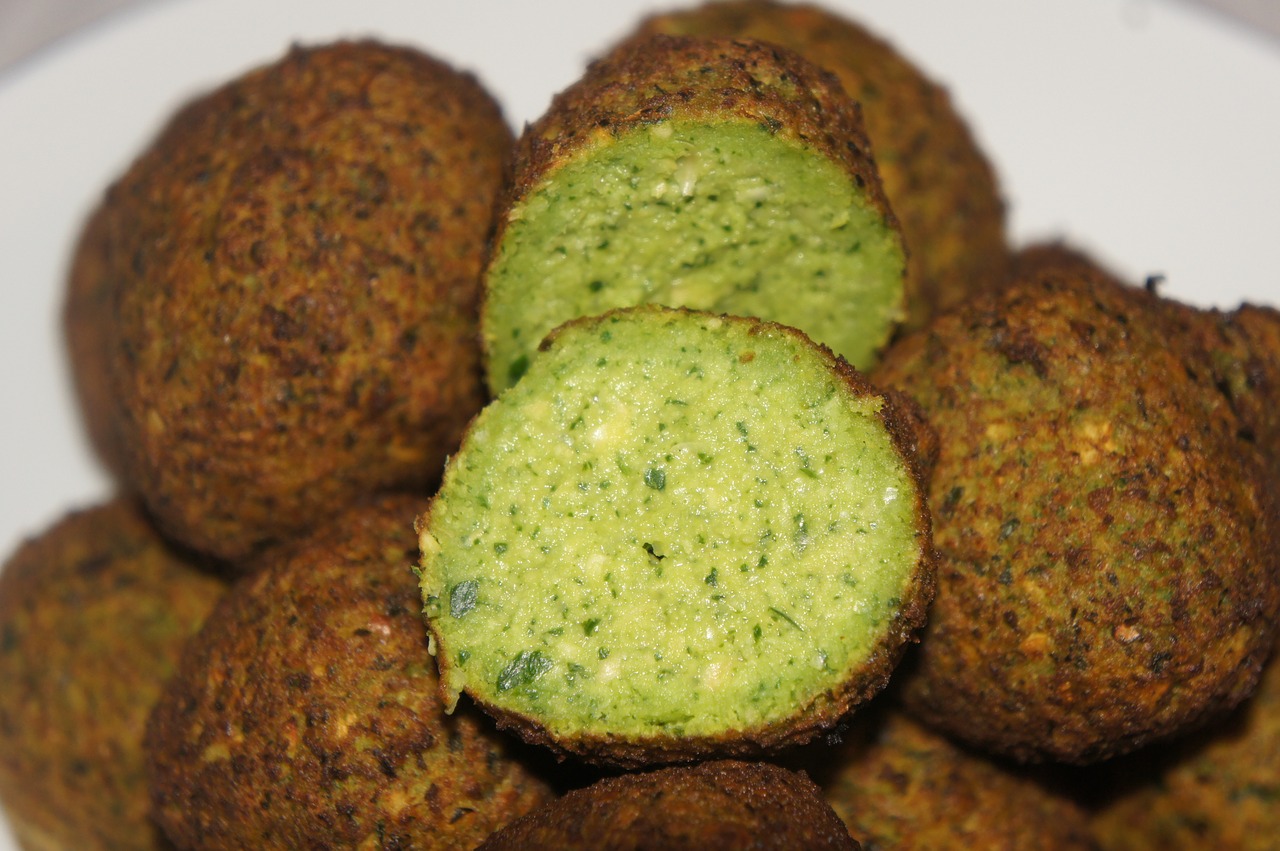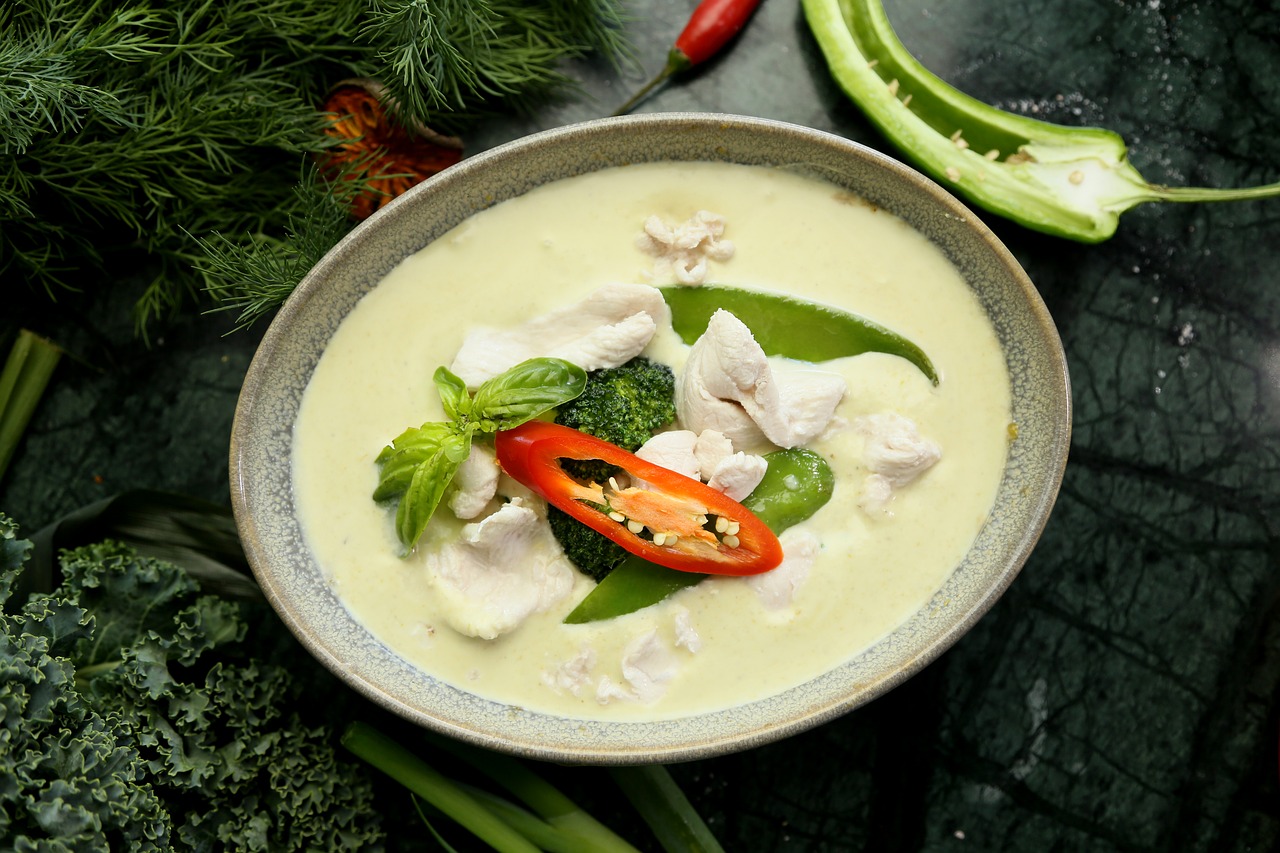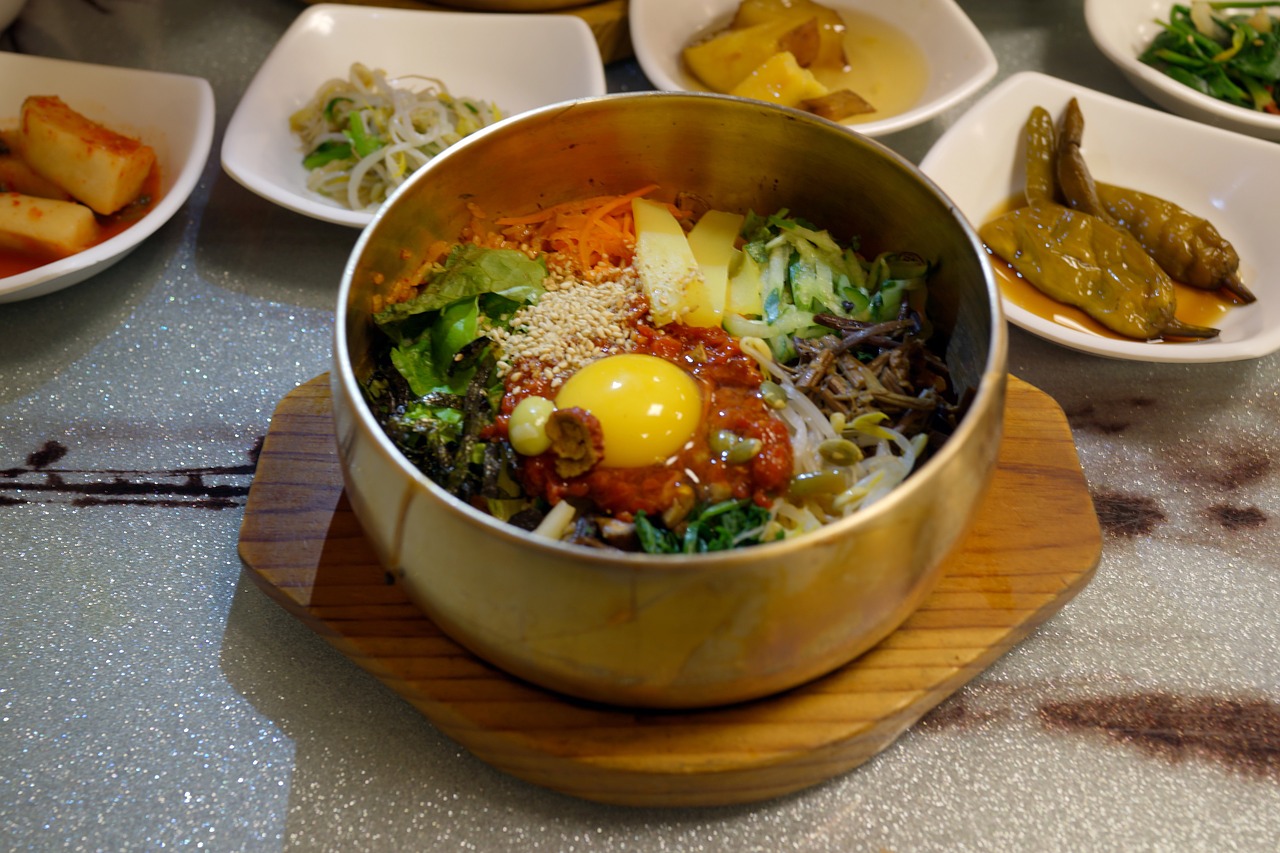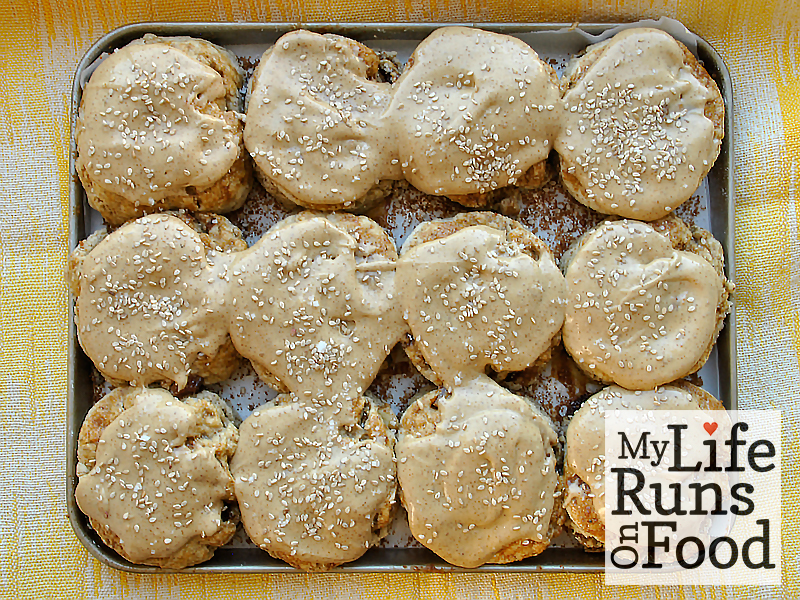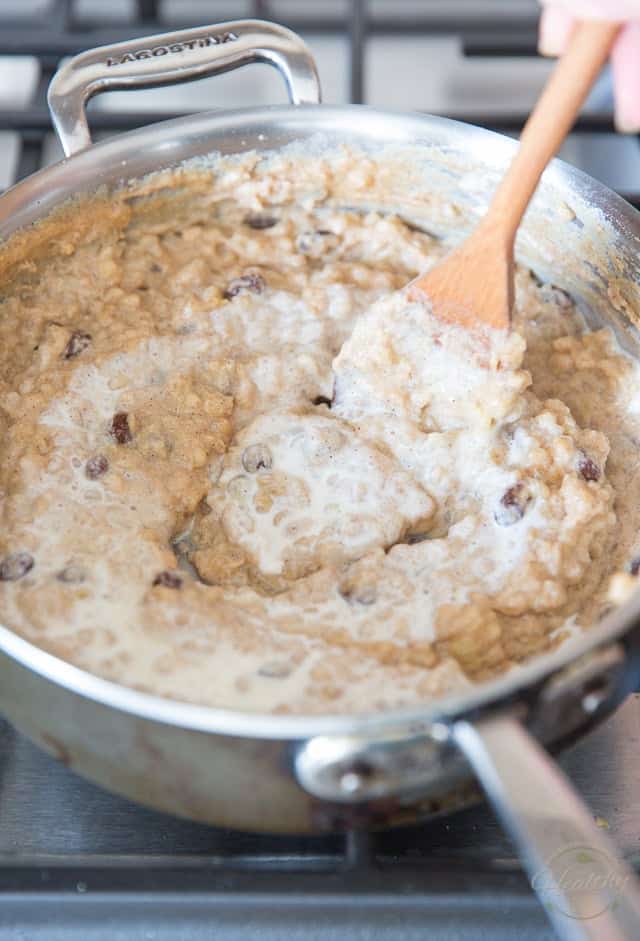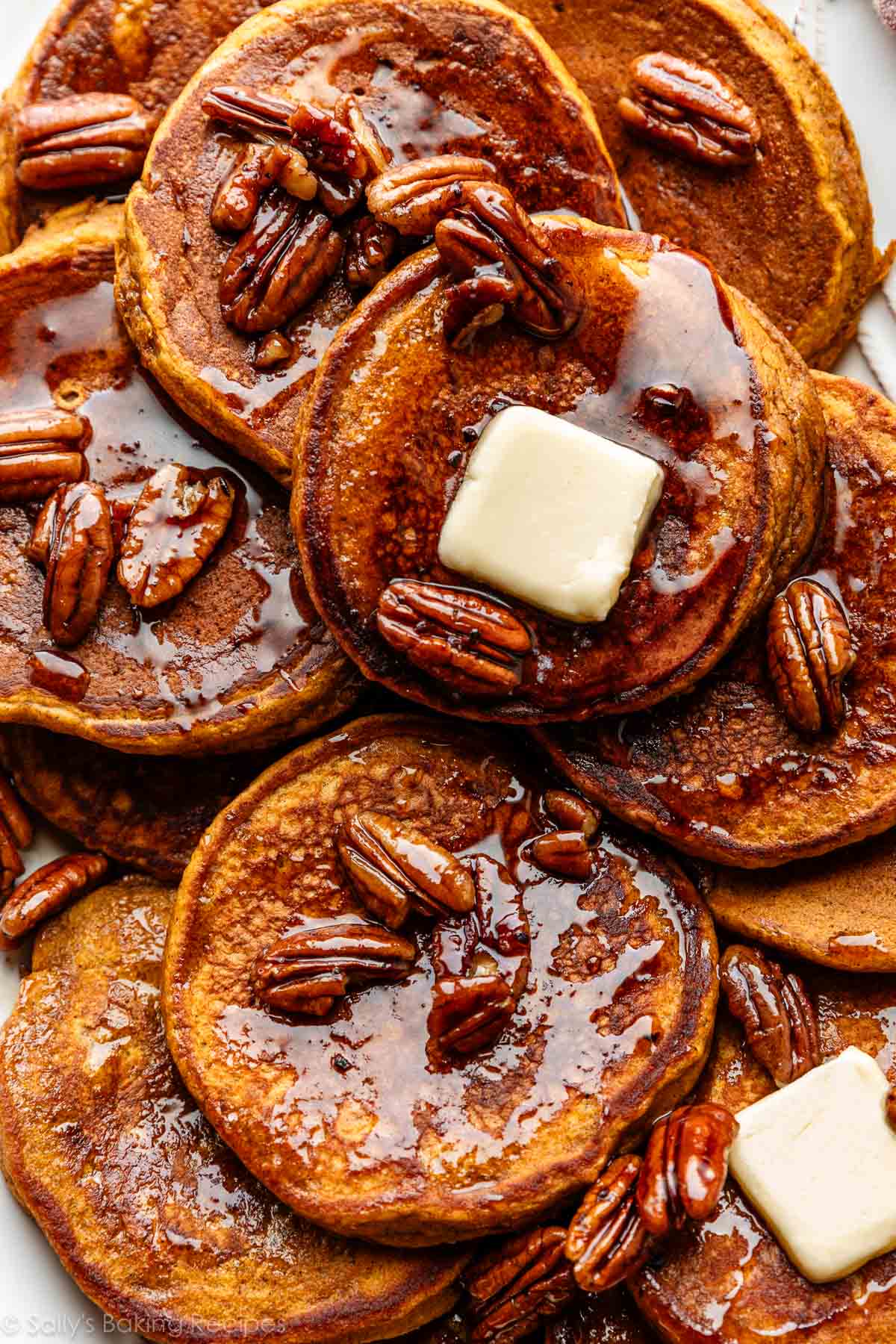
Introduction:
Indulge in the vibrant flavors of Thailand with this delicious Thai Khao Pad Recipe. This famed dish is a symphony of fragrant jasmine rice stir-fried with savory herbs, tender meat or veggies, and a burst of seasoning that will transport your taste buds to the bustling streets of Bangkok. Join me on a culinary journey as we explore the rich history and tantalizing tastes of this iconic Thai favorite.
Origin and History of This Recipe:
The origins of Thai Khao Pad can be traced back to the vibrant street food culture of Thailand. Khao Pad translates to “fried rice” in Thai, and this dish has been a staple in Thai cuisine for generations. Originally a way to use up leftover rice and ingredients, Thai Khao Pad has evolved into a beloved comfort food that is enjoyed by locals and travelers alike. The combination of fresh ingredients, bold spices, and expert stir-frying techniques make this dish a true culinary delight that captures the essence of Thai cuisine.
Things to Expect in This Post Article:
In this post, we will delve into the history and origins of the Thai Khao Pad recipe, explore the essential ingredients and preparation steps, discuss the nutritional value and health benefits of this dish, provide tips and tricks for perfecting the recipe, and offer suggestions for variations and serving ideas. Get ready to embark on a flavorful journey through the vibrant world of Thai cuisine!
Ingredients List:
- Cooked jasmine rice
- Protein of your choice (chicken, shrimp, tofu)
- Eggs
- Garlic
- Shallots
- Spring onions
- Carrots
- Bell peppers
- Soy sauce
- Fish sauce
- Oyster sauce
- Vegetable oil
- Thai chili peppers (optional for spice)
- Lime wedges for serving
Preparation Steps:
- Heat oil in a wok or large skillet over medium heat.
- Add minced garlic and shallots, sauté until fragrant.
- Add protein of choice and cook until lightly browned.
- Push protein to one side of the wok and crack eggs into the empty space.
- Scramble the eggs until cooked, then mix with the protein.
- Add chopped vegetables and stir-fry until slightly tender.
- Add cooked jasmine rice, soy sauce, fish sauce, and oyster sauce, tossing well to combine.
- Increase heat to high and stir-fry until rice is heated through and slightly crispy.
- Serve hot with Thai chili peppers, lime wedges, and garnish with spring onions.
Cooking Time & Servings:
Preparation time: 15 minutes
Cooking time: 15 minutes
Servings: 4
Personal Touch:
Growing up, Thai Khao Pad was a staple dish in my household. My grandmother’s secret recipe always left us craving more, and I have fond memories of cooking and sharing this dish with loved ones. The aroma of jasmine rice and sizzling vegetables never fails to evoke feelings of comfort and joy, making Thai Khao Pad a true comfort food in every sense.
Nutritional Information:
- Calories per serving: 350
- Fat: 10g
- Protein: 15g
- Carbohydrates: 50g
- Fiber: 4g
Health Conditions and People to Avoid This:
Those who are sensitive to spicy foods may want to adjust the amount of Thai chili peppers used, as they can be quite fiery. Additionally, individuals with allergies to shellfish should avoid using shrimp in this recipe to prevent any adverse reactions.
Nutrition and Benefits to the Body:
Jasmine rice is a good source of complex carbohydrates, providing sustained energy throughout the day. Protein from chicken, shrimp, or tofu helps to promote muscle growth and repair, while the mix of vegetables adds essential vitamins and minerals to support overall health. The combination of herbs and spices in Thai Khao Pad also provides antioxidants and anti-inflammatory properties that can boost immune function and aid digestion.
Disadvantages:
While Thai Khao Pad is a delicious and nutritious dish, it is important to moderate the use of oils and sauces to prevent excess calorie intake. Too much sodium from soy sauce and fish sauce can also contribute to high blood pressure, so it’s best to use these condiments sparingly. Remember, balance is key to enjoying this dish in a healthy way.
Tips and Tricks:
- For a vegetarian version, skip the protein and add extra tofu or vegetables.
- Use cold, day-old rice for the best texture and flavor.
- Customize the spice level by adjusting the amount of Thai chili peppers used.
- Feel free to add other ingredients like pineapple, cashews, or raisins for a unique twist.
Equipment Needed:
- Wok or large skillet
- Knife and cutting board
- Wooden spoon or spatula
- Bowls for prepped ingredients
- Plates or bowls for serving
Variations or Substitutions:
- Swap jasmine rice for brown rice or cauliflower rice for a lower-carb option.
- Replace soy sauce with tamari for a gluten-free alternative.
- Experiment with different vegetables like peas, corn, or broccoli for added variety.
Serving Suggestions:
Thai Khao Pad is traditionally served hot with a side of Thai chili peppers and lime wedges on the side. Garnish with freshly chopped spring onions for a burst of freshness. Pair with a side of cucumber salad or Thai iced tea for a complete and satisfying meal.
Storage and Reheating Instructions:
Leftover Thai Khao Pad can be stored in an airtight container in the refrigerator for up to three days. To reheat, simply transfer the dish to a skillet or microwave-safe container and heat until piping hot. Add a splash of water or broth to refresh the rice and prevent it from drying out.
Conclusion:
I hope this Thai Khao Pad recipe inspires you to bring a taste of Thailand into your home kitchen. Whether you’re a beginner or a seasoned chef, this savory and aromatic dish is sure to impress with its bold flavors and vibrant colors. Don’t be afraid to experiment with different ingredients and adjustments to make this recipe your own. Enjoy the journey of cooking and savoring this delicious Thai classic!
Frequently Asked Questions (FAQs):
Q1: Can I use brown rice instead of jasmine rice?
A1: Yes, you can swap jasmine rice for brown rice for a heartier and nuttier flavor. Just adjust the cooking time to ensure the rice is fully cooked.
Q2: Is Thai Khao Pad gluten-free?
A2: Thai Khao Pad can be made gluten-free by using tamari instead of soy sauce. Be sure to check the labels on your condiments to ensure they are gluten-free.
Q3: Can I make this dish ahead of time?
A3: While Thai Khao Pad is best enjoyed fresh, you can make it ahead of time and store it in the refrigerator for a quick and easy meal option. Just reheat before serving.
Q4: How spicy is Thai Khao Pad?
A4: The level of spiciness in Thai Khao Pad can be adjusted based on personal preference. Add more or fewer Thai chili peppers to suit your taste.
Q5: Can I freeze leftover Thai Khao Pad?
A5: While it is possible to freeze leftover Thai Khao Pad, the texture of the rice may change slightly upon thawing. It is best enjoyed fresh or refrigerated for a few days.
Remember to keep your tone friendly and conversational, and make sure the content is informative, engaging, and factually accurate. Use this structure to create a valuable and SEO-optimized recipe post that readers will love and share.
